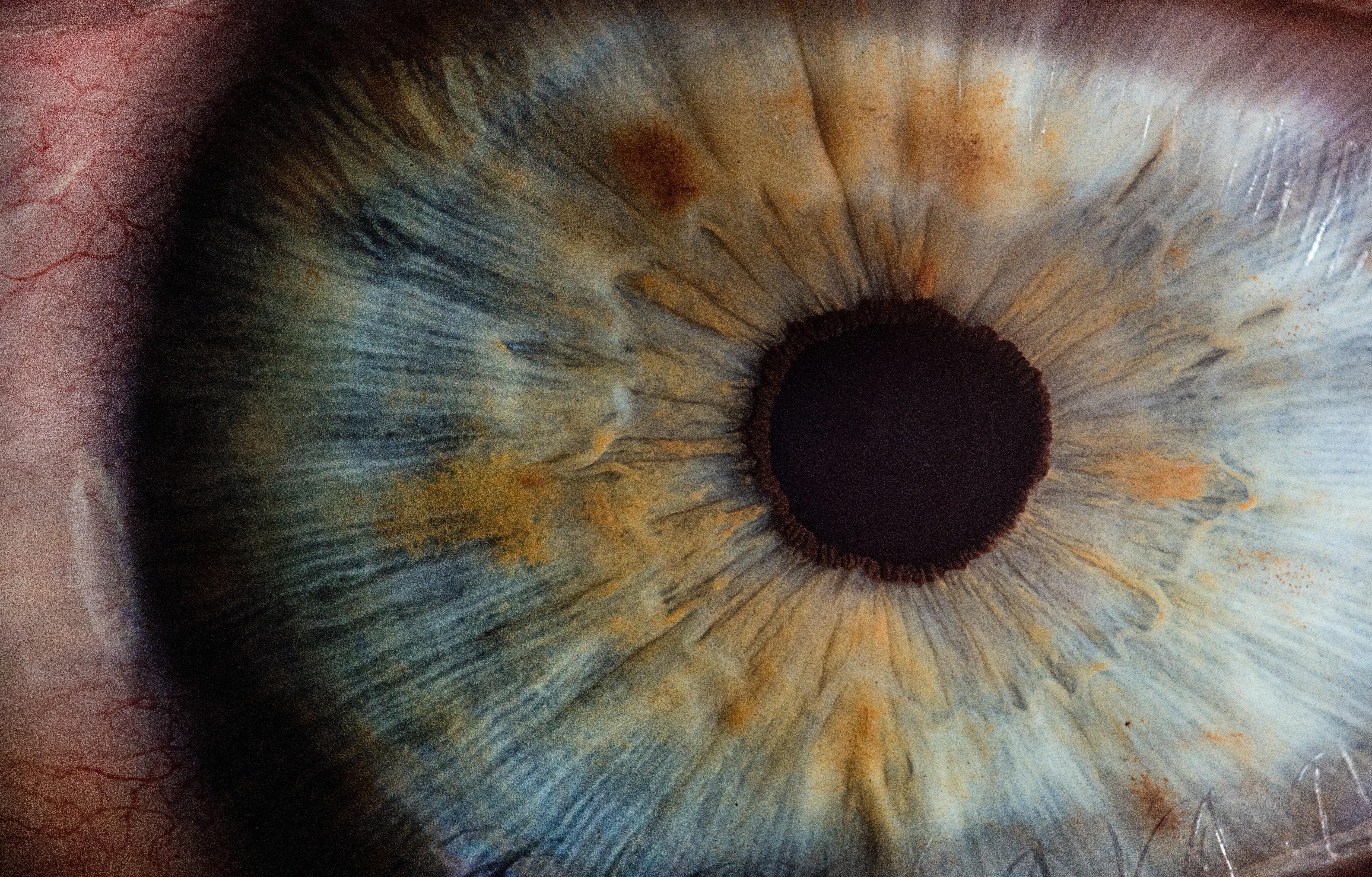27% profit every 20 days?
This is what Nic Chahine averages with his option buys. Not selling covered calls or spreads… BUYING options. Most traders don’t even have a winning percentage of 27% buying options. He has an 83% win rate. Here’s how he does it.
The following post was written and/or published as a collaboration between Benzinga’s in-house sponsored content team and a financial partner of Benzinga.
From the first research of tetrahydrocannabinol(THC) in 1964 by Raphael Mechoulam to the recent findings of the hundreds of cannabinoids that can alleviate symptoms of a plethora of illnesses and diseases, we now know cannabis is more than just weed and about getting high.
ENTER TO WIN $500 IN STOCK OR CRYPTO
Enter your email and you'll also get Benzinga's ultimate morning update AND a free $30 gift card and more!
Skye Bioscience Inc. (OTCQB:SKYE), a biopharmaceutical company developing proprietary, synthetic cannabinoid-derived molecules to treat diseases with significant unmet needs recently presented at the Benzinga Cannabis Capital Conference its approach to treating Glaucoma through unlocking the pharmaceutical value of THC.
Here’s what you need to know.
Glaucoma — An Important Unmet Need
According to a report on vision by the World Health Organization (WHO), at least 2.2 billion people suffer from vision impairment or blindness, of which over 1 billion cases could have been prevented or have yet to be addressed.
Glaucoma is a disease that leads to the progressive damage of retinal ganglion cells, which make up the optic nerve, and without intervention will gradually lead to irreversible blindness. In most cases, there is no pain and the loss of vision occurs gradually from peripheral to central and unfortunately, in many instances, people with glaucoma do not even realize it until they start experiencing some degree of permanent loss of vision
In fact, over 3 million Americans have glaucoma but only half of those know they have it. In addition, this disease accounts for over 10 million visits to physicians per year in the United States, and the estimation of suspected cases are close to 60 million worldwide.
of irreversible blindness and it ranks among the main reasons for the usage of medical marijuana.
A Light In The Horizon — Relevance Of THC To Glaucoma
FREE REPORT: How To Learn Options Trading Fast
In this special report, you will learn the four best strategies for trading options, how to stay safe as a complete beginner, a 411% trade case study, PLUS how to access two new potential winning options trades starting today.Claim Your Free Report Here.
The primary aim for currently used therapies is to lower intraocular pressure (IOP) to slow the progression. Yet, many patients are unresponsive or develop tolerance to medication leaving notable unmet needs, resulting in more than 50% of patients requiring 2 or more drugs which can increase side effects and reduce compliance. The market has lacked significant innovation, thus presenting an opportunity and need for new classes of therapy.
Cannabinoids have a great impact on the endocannabinoid system (ECS) — eyes are rich with cannabinoid receptors, specifically in tissues involved in managing fluid production and drainage as well as cells responsible for vision.
Multiple independent studies have demonstrated THC’s ability to lower IOP. In fact, the first report that smoking cannabis lowers IOP appeared in the early 1970s, and since then multiple human studies have validated THC’s ability to lower IOP. However there have been challenges creating a viable therapeutic with systemic delivery of THC for glaucoma because of poor,unpredictable pharmacokinetics and potential side effects.
Unlocking the therapeutic value of THC
Skye’s approach is designed to provide advantages over currently approved drugs and natural cannabinoids to treat glaucoma. Skye’s synthetic THC prodrug called THCVHS is engineered to enhance its local delivery — avoiding systemic side effects and enhancing bioavailability in the eye.
In an animal study comparing latanoprost, the glaucoma standard-of-care, THCVHS was superior in a key outcome of lowering IOP. THCVHS may also provide unique neuroprotection to prevent another key cause of vision loss — optical nerve cell death.
Skye is working toward its Phase 1 study planned for H2 2021, which will primarily assess safety and tolerability but will also measure IOP in both healthy subjects as well as a smaller subset of patients with elevated IOP. The nature of glaucoma allows this study to be relatively short and low cost.
Corporate highlights
Skye Bioscience, previously Emerald Biosciences, introduced a series of incoming results from pre-clinical and clinical-enabling studies. Should the results prove positive, they would pave the way for an Investigational New Drug (IND) application into what is a potentially $10 billion drug market.
Some of the company’s highlights include:
- Demonstrated greater IOP lowering than market-leading glaucoma therapeutics
- Potential neuroprotection capabilities would be a game-changer
- Key preclinical data (IOP/neuroprotection) in Q221
- First clinical trial: fast; low-cost; will include assessment of intraocular pressure
- Many glaucoma licensing deals have been completed in phase 2 or earlier
- $40 million market cap
- $350 million outstanding common shares
- $472.7 million fully diluted shares
- The preceding post was written and/or published as a collaboration between Benzinga’s in-house sponsored content team and a financial partner of Benzinga. Although the piece is not and should not be construed as editorial content, the sponsored content team works to ensure that any and all information contained within is true and accurate to the best of their knowledge and research. This content is for informational purposes only and not intended to be investing advice.
27% profit every 20 days?
This is what Nic Chahine averages with his option buys. Not selling covered calls or spreads… BUYING options. Most traders don’t even have a winning percentage of 27% buying options. He has an 83% win rate. Here’s how he does it.
